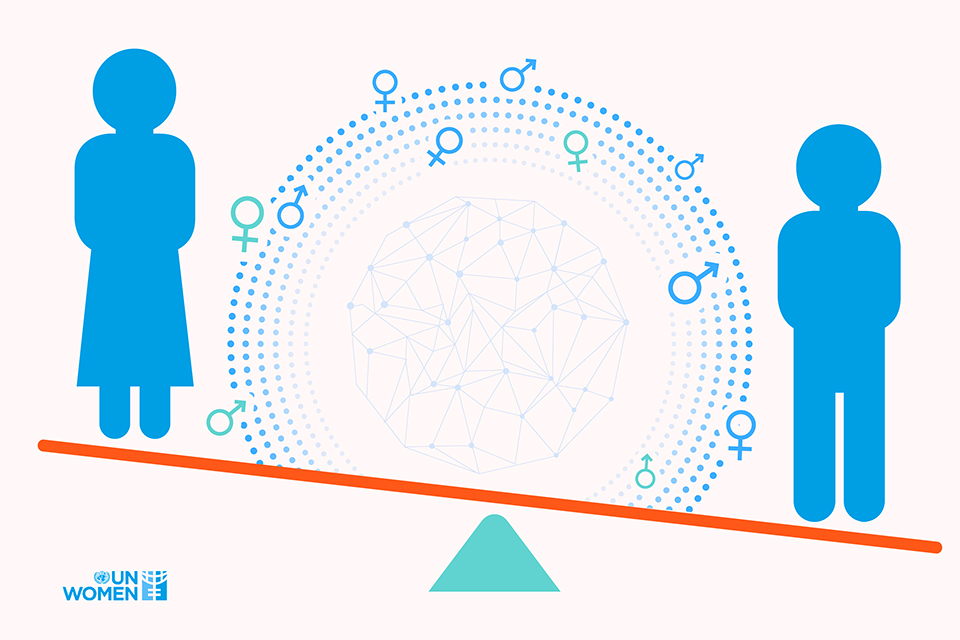Adjusted gender pay gap published by Geostat for the first time
Date:

The gender pay gap is an important indicator of wage-related gender inequality, and it clearly shows the existence of complex social factors contributing to this disparity.
UN Women has been working on the gender pay gap in Georgia since 2018 by providing significant support to the relevant agencies. As a result of this support, since 2021, the country has been a member of the Equal Pay International Coalition (EPIC), which highlights the urgency of collecting and publishing these pertinent statistics.
In response to this urgency, a collaboration began between the National Statistics Office of Georgia (Geostat) and UN Women, resulting in Geostat very first publication of the adjusted gender pay gap on 24 February 2022. Crucially, these calculations reflect the pay gap in consideration of demographics and job characteristics.
The presented data identifies that the adjusted hourly gender pay gap equalled 15.9 per cent in 2020. The same indicator calculated at the monthly level equalled 21.4 per cent. Notably, by economic activity in Georgia, the highest hourly gender pay gap was observed in the service sector and equalled 16.8 per cent. This same indicator in the industry sector equalled 15.4 per cent, while it was 13.2 per cent in construction. It should be noted that in every sector, the adjusted monthly gender pay gap was higher than the adjusted hourly gender pay gap, which is frequently caused by unpaid housework on the part of women.
According to Gogita Todradze, Executive Director of Geostat, Georgia is the first country in the region to start producing official statistics on the adjusted gender pay gap, further remarking: “The adjusted gender pay gap represents progress with regard to the development of gender statistics. It is an important step towards identifying the gender barriers in the labour market, which will help to take measures to promote women’s economic empowerment and reduce gender inequality.”
The calculation of the adjusted gender pay gap was based entirely on the Labour Force Survey conducted by Geostat, which interviews more than 15,000 respondents on a quarterly basis. It is noteworthy that during the preparatory phase, with the assistance of UN Women, the existing sources of labour remuneration data were assessed, and the availability of characteristics that are important determinants of the gender pay gap were also critically analysed.
Initiatives implemented on the elimination of the gender pay gap are a part of the “Women’s Economic Empowerment in the South Caucasus” project from UN Women, as funded by the Swiss Agency for Development and Cooperation (SDC) and the Austrian Development Agency (ADA).